Home>Gardening & Outdoor>Landscaping Ideas>How To Grow Pet Grass
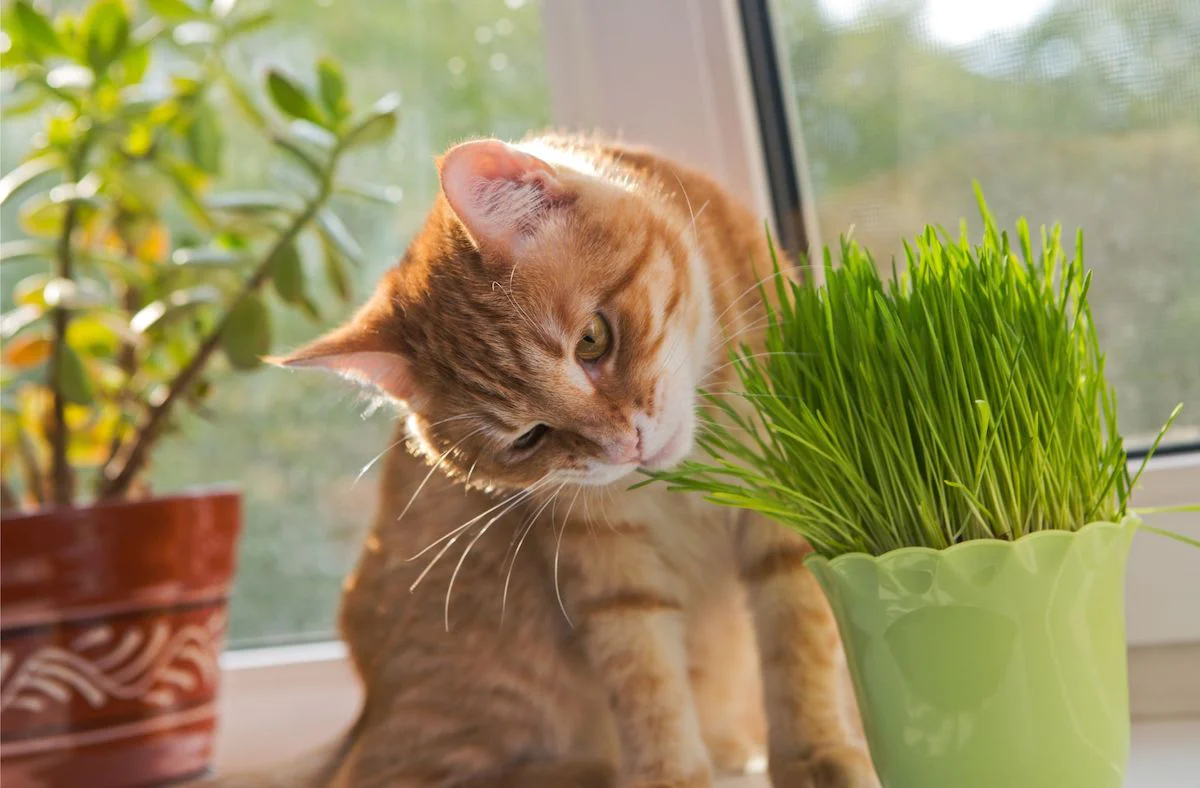

Landscaping Ideas
How To Grow Pet Grass
Modified: February 18, 2024
Discover effective landscaping ideas for growing pet grass in your yard. Create a pet-friendly outdoor space with our expert tips and advice.
(Many of the links in this article redirect to a specific reviewed product. Your purchase of these products through affiliate links helps to generate commission for Storables.com, at no extra cost. Learn more)
Introduction
Welcome to the wonderful world of pet grass! As a pet owner, you want the best for your furry companions, and providing them with a dedicated space for their own grass can bring numerous benefits. Whether you have a playful pup or a curious cat, pet grass offers a natural and safe way for them to satisfy their instinctual urge to nibble on greens. In this comprehensive guide, we’ll explore the various types of pet grass, how to grow it both indoors and outdoors, maintenance tips, and more. By the end, you’ll be equipped with the knowledge to cultivate a thriving patch of pet grass that your pets will love.
Key Takeaways:
- Pet grass provides natural digestive aid, nutritional value, and stress reduction for pets. Growing and maintaining it indoors or outdoors can enhance their well-being and create a harmonious bond with nature.
- Wheatgrass, oatgrass, barley grass, rye grass, and fescue grass are popular types of pet grass. Growing and caring for pet grass involves proper watering, monitoring, and supervision to ensure pets’ safety and enjoyment.
Read more: How Long Does Pet Grass Take To Grow
Benefits of Pet Grass
Pet grass, also known as cat grass or dog grass, provides a range of benefits for your furry friends. Here are some key advantages of incorporating pet grass into your pet’s environment:
- Natural Digestive Aid: Pet grass acts as a natural digestive aid for cats and dogs. When pets consume grass, it can help them regurgitate indigestible matter such as fur or bones, promoting better digestion and reducing the likelihood of hairballs.
- Nutritional Value: Pet grass contains essential nutrients, including fiber, which can contribute to your pet’s overall nutritional intake. It’s a source of vitamins and minerals that can support their well-being.
- Behavioral Enrichment: For indoor pets, having access to pet grass can provide valuable enrichment. It allows them to engage in natural grazing behavior, which can be mentally stimulating and satisfying.
- Dental Health: Chewing on grass can help keep your pet’s teeth clean by acting as a natural abrasive, potentially reducing plaque and tartar buildup.
- Stress Reduction: The act of grazing on pet grass can have a calming effect on pets, helping to alleviate stress and anxiety.
- Avoiding Toxic Plants: By providing pet grass, you can deter your pets from nibbling on potentially toxic plants found in your home or garden.
These benefits make pet grass a valuable addition to your pet’s environment, promoting their physical and emotional well-being. Now that we’ve explored the advantages of pet grass, let’s delve into the various types available.
Types of Pet Grass
When it comes to pet grass, there are several varieties that are well-suited for your furry friends. Understanding the different types of pet grass can help you choose the best option based on your pet’s preferences and your growing environment. Here are some popular types of pet grass:
- Wheatgrass: Wheatgrass is a common choice for pet grass due to its rapid growth and vibrant green color. It’s rich in nutrients and typically well-received by both cats and dogs.
- Oatgrass: Oatgrass is another popular option known for its soft texture. It’s a good choice for pets that are more selective about the texture of the grass they consume.
- Barley Grass: Barley grass is nutrient-dense and can be a valuable addition to your pet’s diet. It’s known for its quick growth and high fiber content.
- Rye Grass: Rye grass is a cool-season grass that can be suitable for pet consumption. It’s important to ensure that the variety of rye grass you choose is safe for pets.
- Fescue Grass: Fescue grass is another option to consider, but it’s essential to select a variety that is safe for pets, as some types of fescue can be harmful if ingested in large quantities.
These are just a few examples of pet grass varieties that you can consider growing for your pets. It’s important to research each type to ensure that it’s safe and suitable for your specific pets, as individual animals may have preferences or sensitivities to certain grasses. Now that we’ve explored the types of pet grass available, let’s move on to the methods for growing pet grass indoors.
Growing Pet Grass Indoors
Growing pet grass indoors is a rewarding and straightforward process that provides your pets with easy access to fresh greens. Whether you have limited outdoor space or want to ensure year-round availability, indoor cultivation allows you to provide a consistent supply of pet grass. Here’s a step-by-step guide to growing pet grass indoors:
- Choose a Suitable Container: Select a shallow, wide container with drainage holes to plant the grass seeds. This could be a tray, pot, or even a decorative planter that complements your indoor space.
- Select the Right Soil: Use a high-quality, well-draining potting mix to provide a healthy growing medium for the grass seeds. Avoid soil that is too dense, as it can lead to waterlogging and hinder seed germination.
- Sow the Seeds: Evenly spread the grass seeds over the soil surface, ensuring good coverage. Lightly press the seeds into the soil, and then water gently to settle them in place.
- Provide Adequate Light: Place the container in a location that receives plenty of natural light. If natural light is limited, consider using a grow light to supplement the illumination.
- Water Regularly: Keep the soil consistently moist, but not waterlogged, by watering the grass gently as needed. Avoid overwatering, as this can lead to mold or mildew issues.
- Monitor Growth: Within a week or two, you should start to see the grass seeds germinate and grow. Continue to provide proper light and water as the grass develops.
- Harvest and Regrow: Once the grass reaches a suitable height, typically 3-4 inches, it’s ready for your pets to enjoy. Trim the grass with scissors, allowing it to regrow for subsequent harvests.
Growing pet grass indoors not only benefits your pets but also adds a touch of greenery to your home. It’s a simple and cost-effective way to enhance your pet’s environment and provide them with a natural source of enrichment. Next, let’s explore the process of growing pet grass outdoors.
Tip: To grow pet grass, use a shallow container with drainage holes, fill it with potting soil, and sprinkle the grass seeds evenly. Water regularly and place in a sunny spot. Trim the grass when it reaches 3-4 inches tall for your pet to enjoy.
Growing Pet Grass Outdoors
Growing pet grass outdoors allows your pets to enjoy a natural and sun-kissed patch of greens, providing them with a space to explore and graze. Whether you have a backyard, balcony, or outdoor garden, cultivating pet grass in an outdoor setting can offer numerous benefits. Here’s a guide to growing pet grass outdoors:
- Select a Suitable Location: Choose a well-drained area with access to sunlight for the majority of the day. This could be a section of your garden, a patio, or any outdoor space that meets the sunlight requirements.
- Prepare the Soil: Ensure the soil is loose, well-draining, and free from debris. If the soil quality is poor, consider amending it with organic matter to improve its texture and nutrient content.
- Sow the Seeds: Scatter the grass seeds evenly over the prepared soil, gently pressing them into the ground. Water the area lightly to settle the seeds into the soil.
- Provide Adequate Water: Keep the soil consistently moist during the germination and early growth stages. Be mindful of overwatering, as excessive moisture can lead to issues such as mold or rot.
- Protect from Pests: If necessary, take measures to protect the growing grass from potential pests, such as birds or small animals, until it establishes and grows to a resilient height.
- Monitor Growth and Health: Regularly check on the progress of the grass, ensuring that it’s growing uniformly and free from signs of stress or disease. Address any issues promptly to maintain the grass’s health.
- Allow for Grazing: Once the grass reaches a suitable height, typically 3-4 inches, allow your pets to explore and graze on the outdoor patch of pet grass. Monitor their interactions to ensure they enjoy it safely.
Growing pet grass outdoors provides your pets with a natural and stimulating environment, allowing them to engage in instinctual grazing behavior. It also adds a touch of greenery to your outdoor space, enhancing its visual appeal. Now that we’ve covered growing pet grass both indoors and outdoors, let’s move on to the maintenance and care of pet grass.
Read more: How To Care For Pet Grass
Maintenance and Care of Pet Grass
Proper maintenance and care are essential for ensuring the longevity and vitality of your pet grass. Whether it’s grown indoors or outdoors, attending to the needs of the grass will contribute to a healthy and enjoyable experience for your pets. Here are some key maintenance and care tips for pet grass:
- Regular Watering: Consistently water the pet grass to keep the soil evenly moist. Avoid allowing the soil to dry out completely, as this can stress the grass and hinder its growth.
- Trimming and Regrowth: Trim the pet grass when it reaches a height of 3-4 inches to encourage regrowth. Use clean scissors to snip the grass, allowing it to rejuvenate for subsequent harvests.
- Monitoring for Pests: Keep an eye out for pests that may be attracted to the grass, such as insects or small animals. Address any pest issues promptly to prevent damage to the grass.
- Light and Air Circulation: Ensure that indoor pet grass receives adequate natural light or supplemental grow light. Outdoor grass should have access to sufficient sunlight and good air circulation to thrive.
- Soil Health: Monitor the soil quality to ensure it remains well-draining and fertile. Consider amending the soil with organic matter or nutrients if the grass shows signs of nutrient deficiencies.
- Pet Interaction: Observe your pets’ interactions with the grass to ensure they are enjoying it safely. Remove any potentially harmful objects or materials that may be introduced to the grass by your pets.
By tending to these maintenance tasks, you can foster a flourishing patch of pet grass that provides ongoing benefits for your pets. Now, let’s explore some additional tips for keeping pet grass healthy and vibrant.
Tips for Keeping Pet Grass Healthy
Ensuring the health and vitality of your pet grass involves implementing certain practices and being attentive to its specific needs. By following these tips, you can maintain a thriving patch of pet grass that continues to benefit your pets:
- Proper Drainage: Use containers or select outdoor locations with adequate drainage to prevent waterlogging, which can lead to root rot and other issues.
- Rotation and Regrowth: If growing multiple containers of pet grass, rotate them to allow for regrowth while giving previously harvested containers time to recover and rejuvenate.
- Quality Seeds: Use high-quality grass seeds from reputable sources to ensure successful germination and healthy growth of the pet grass.
- Supervision During Grazing: When allowing your pets to graze on the pet grass, supervise their interactions to prevent overconsumption and to ensure they don’t ingest any foreign objects that may have been introduced to the grass.
- Regular Inspections: Regularly inspect the pet grass for signs of mold, mildew, or discoloration, addressing any issues promptly to maintain the grass’s health.
- Appropriate Fertilization: If necessary, use pet-safe fertilizers sparingly to provide essential nutrients to the grass without overwhelming it with excessive chemicals.
- Temperature Considerations: Be mindful of temperature fluctuations, as extreme heat or cold can impact the growth and health of the pet grass. Take appropriate measures to protect the grass during temperature extremes.
- Positive Reinforcement: Encourage and praise your pets when they interact with the pet grass, reinforcing positive behaviors and creating a pleasant association with the grass.
By incorporating these tips into your pet grass care routine, you can foster a thriving and resilient patch of grass that supports your pets’ well-being. Now that we’ve covered various aspects of pet grass cultivation and care, let’s conclude our guide with a summary of the key points.
Conclusion
Cultivating pet grass is a rewarding endeavor that offers a multitude of benefits for your beloved pets. Whether grown indoors or outdoors, pet grass provides a natural and enriching addition to your pet’s environment, promoting their physical health and behavioral well-being. By incorporating pet grass into your pet care routine, you can create a space where your pets can safely indulge in their natural grazing instincts while reaping nutritional and emotional advantages.
From the digestive aid and nutritional value it offers to the stress-reducing and dental health benefits, pet grass plays a valuable role in supporting your pet’s overall wellness. Understanding the different types of pet grass and the methods for growing and maintaining it allows you to tailor the experience to your pet’s preferences and your living environment.
Whether you opt for the rapid growth of wheatgrass, the soft texture of oatgrass, or other varieties such as barley grass, rye grass, or fescue grass, the key is to provide a consistent supply of fresh greens for your pets to enjoy. By following the guidelines for indoor and outdoor cultivation, as well as implementing proper maintenance and care practices, you can create a thriving patch of pet grass that enhances your pet’s quality of life.
Remember to supervise your pets as they interact with the pet grass, ensuring their safety and enjoyment. Regular monitoring, proper watering, and attention to soil health are crucial for sustaining healthy pet grass. By incorporating the tips for maintaining the grass’s vitality, you can create an environment that fosters ongoing growth and benefit for your pets.
Ultimately, the effort put into growing and caring for pet grass is a labor of love that contributes to your pet’s happiness and well-being. By providing them with a dedicated space for natural grazing and enrichment, you can enrich their lives and create a harmonious bond between them and the natural world.
So, roll up your sleeves, select the perfect spot, and get ready to cultivate a vibrant patch of pet grass that will bring joy and health to your pets for years to come.
Frequently Asked Questions about How To Grow Pet Grass
Was this page helpful?
At Storables.com, we guarantee accurate and reliable information. Our content, validated by Expert Board Contributors, is crafted following stringent Editorial Policies. We're committed to providing you with well-researched, expert-backed insights for all your informational needs.
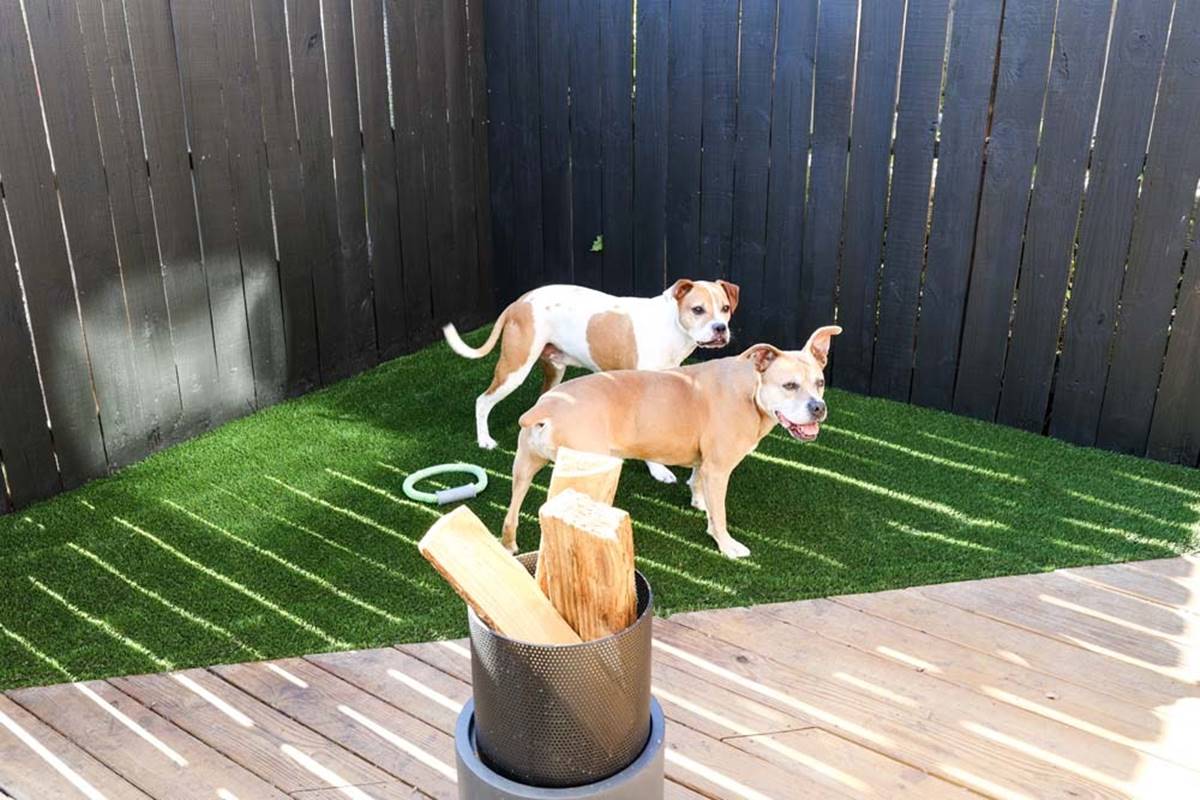
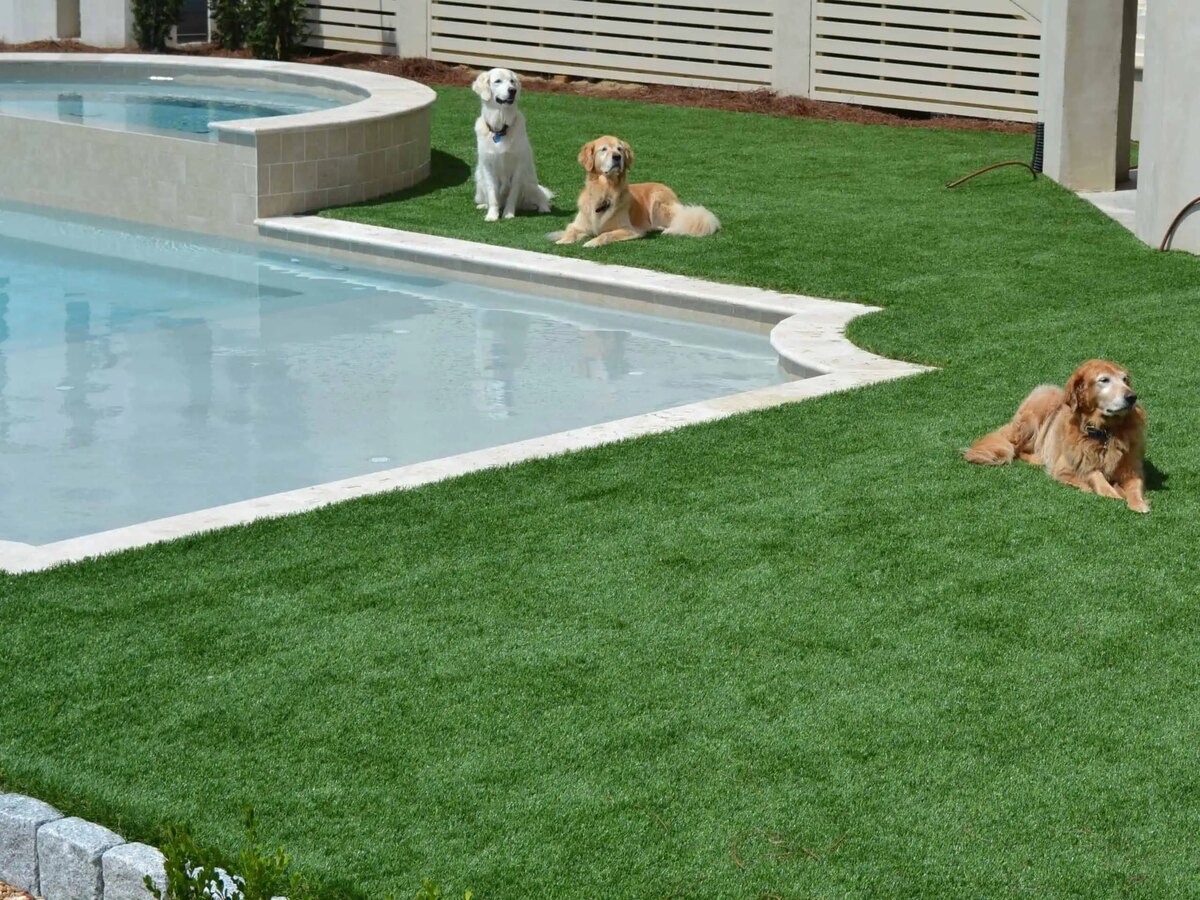
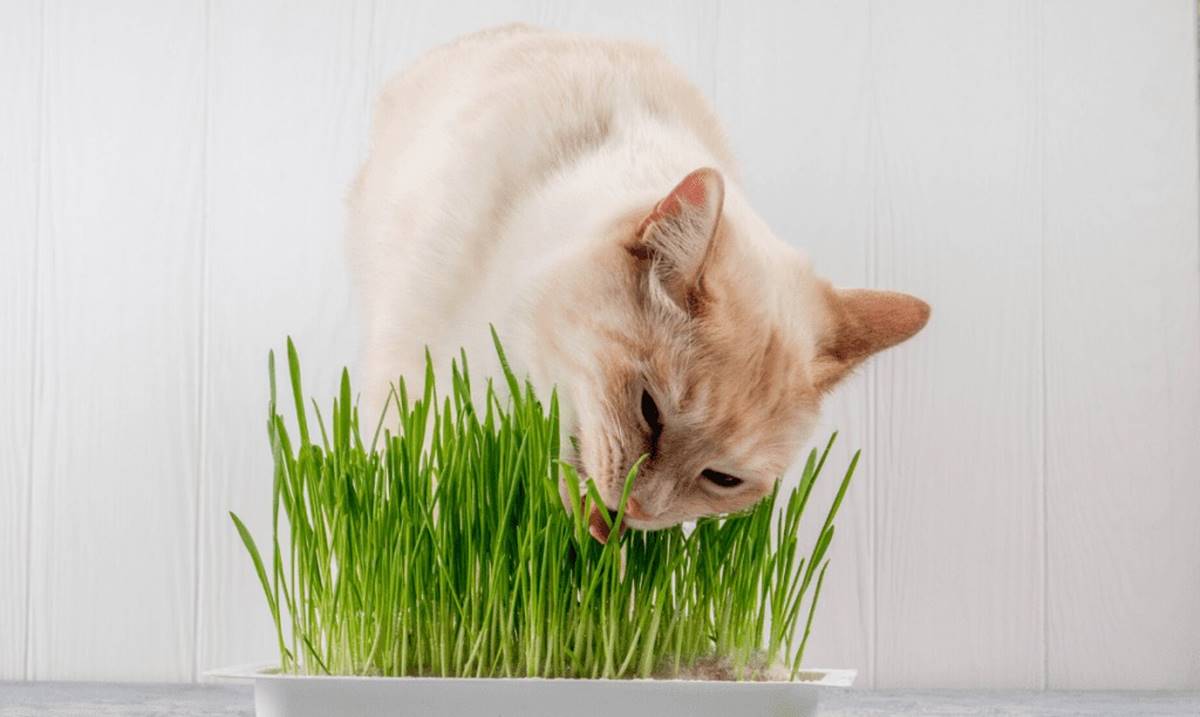
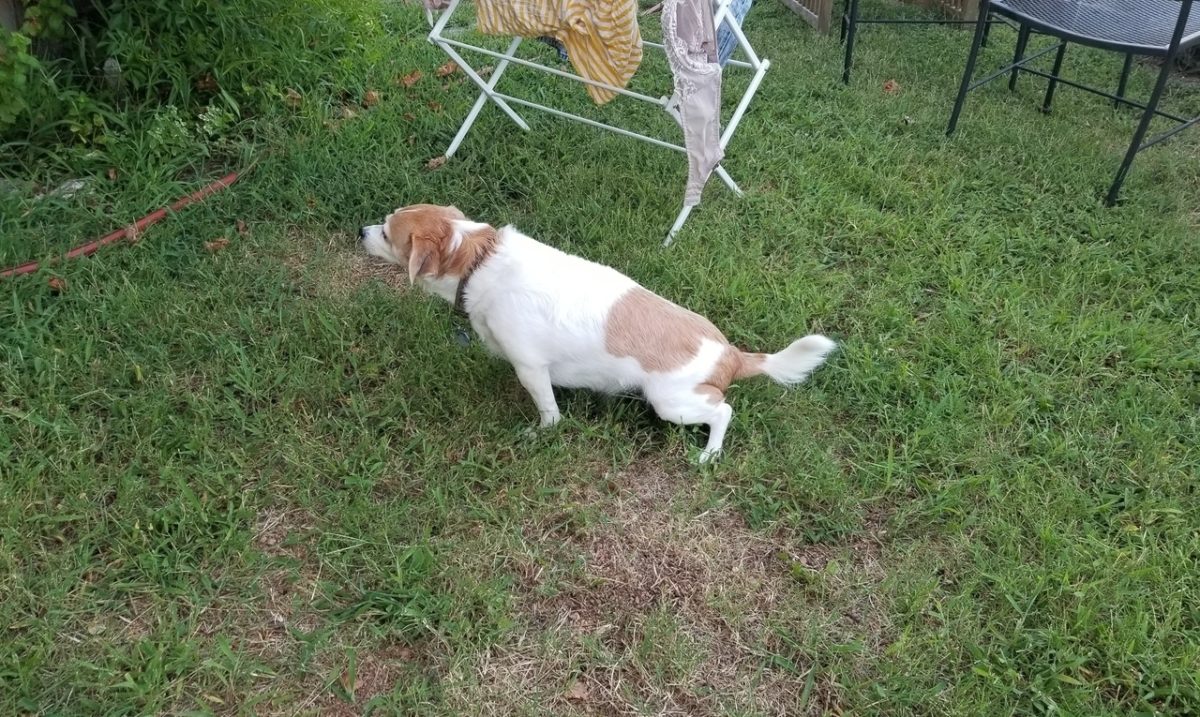
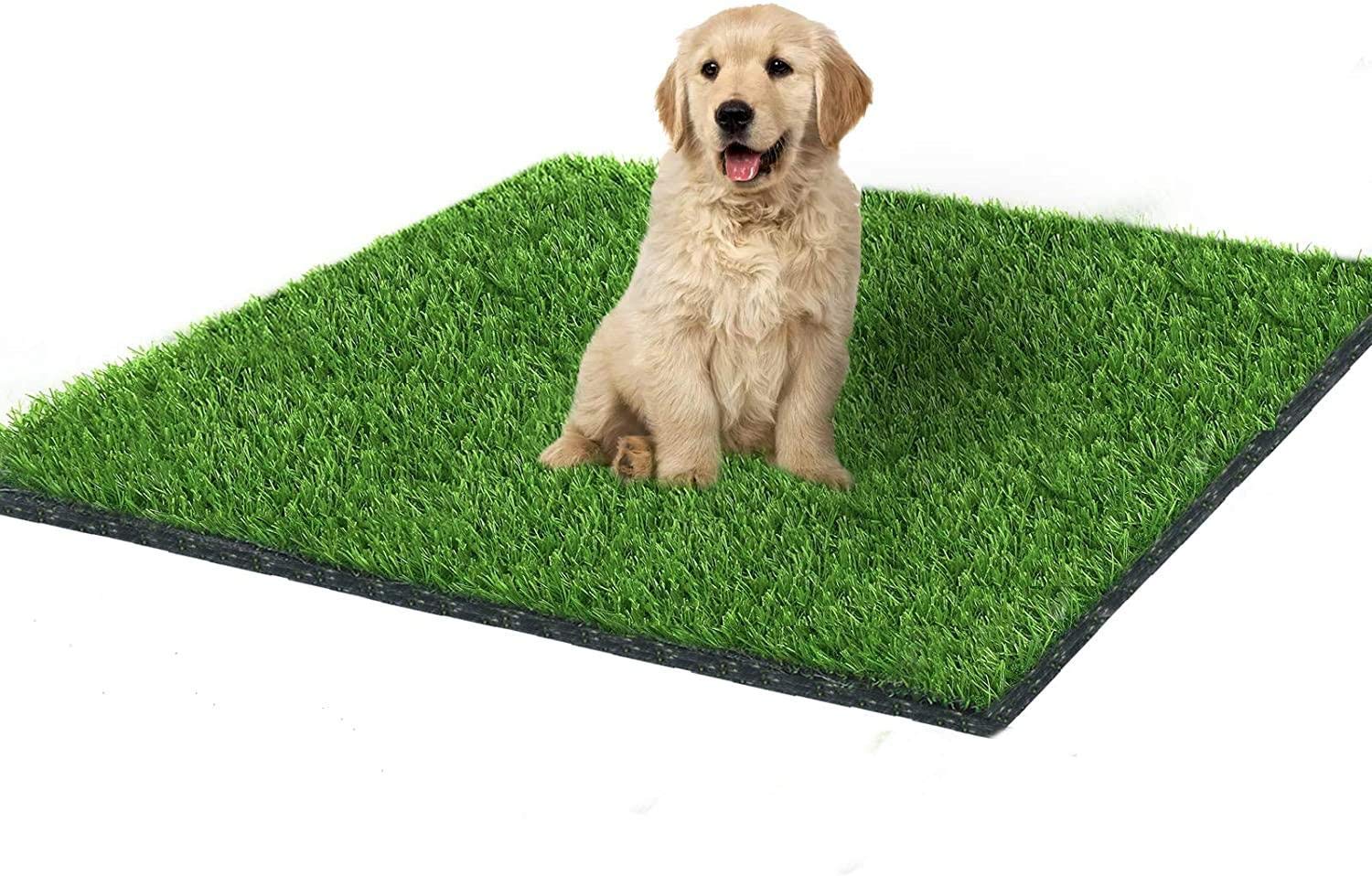
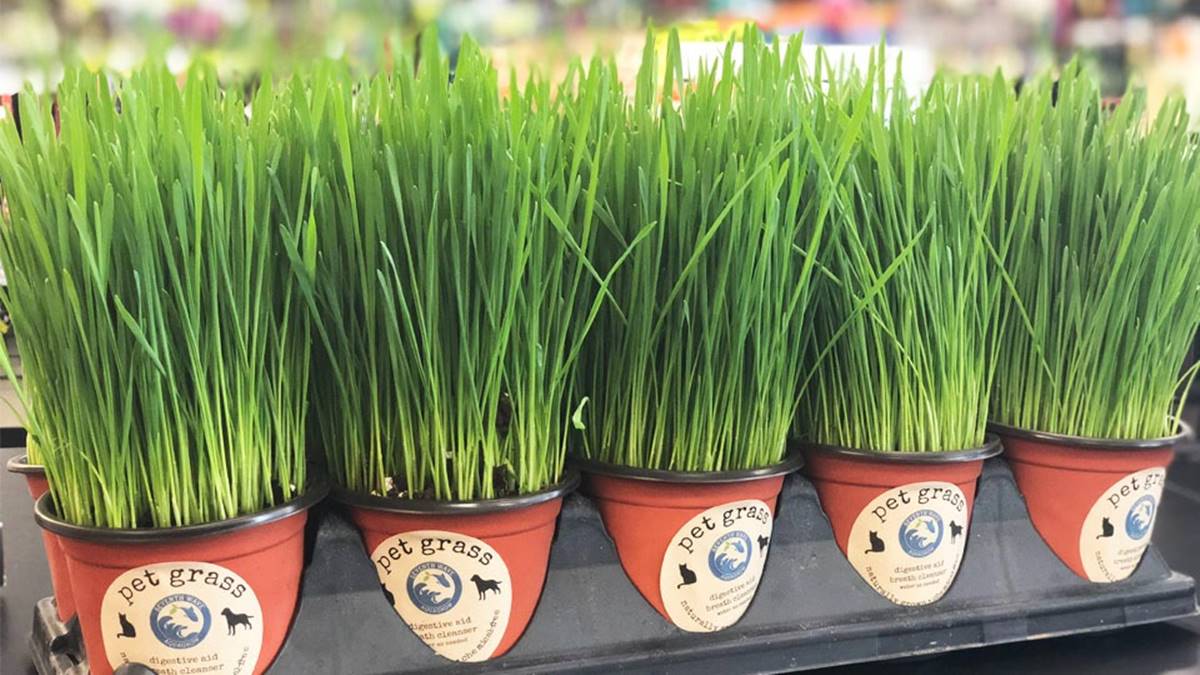
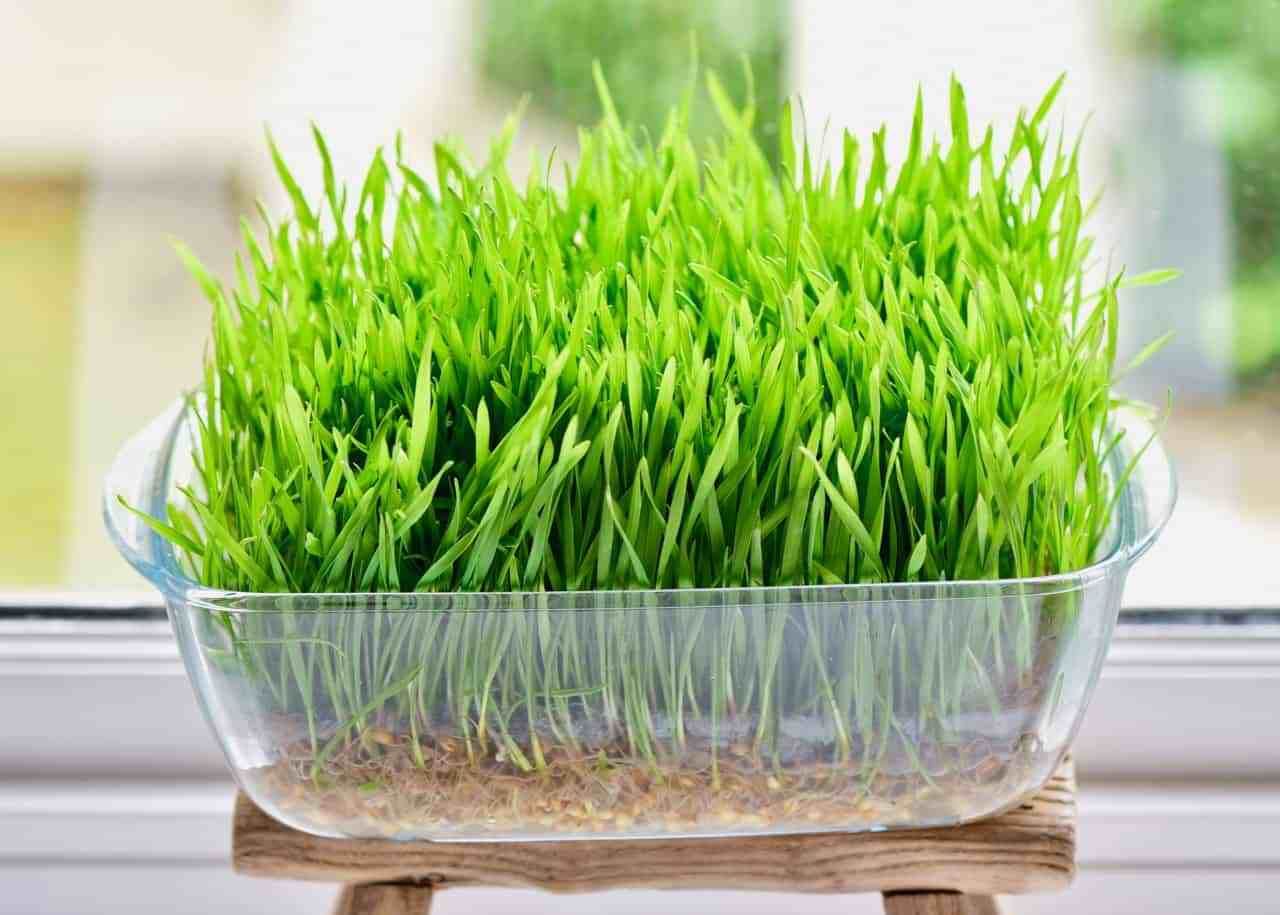
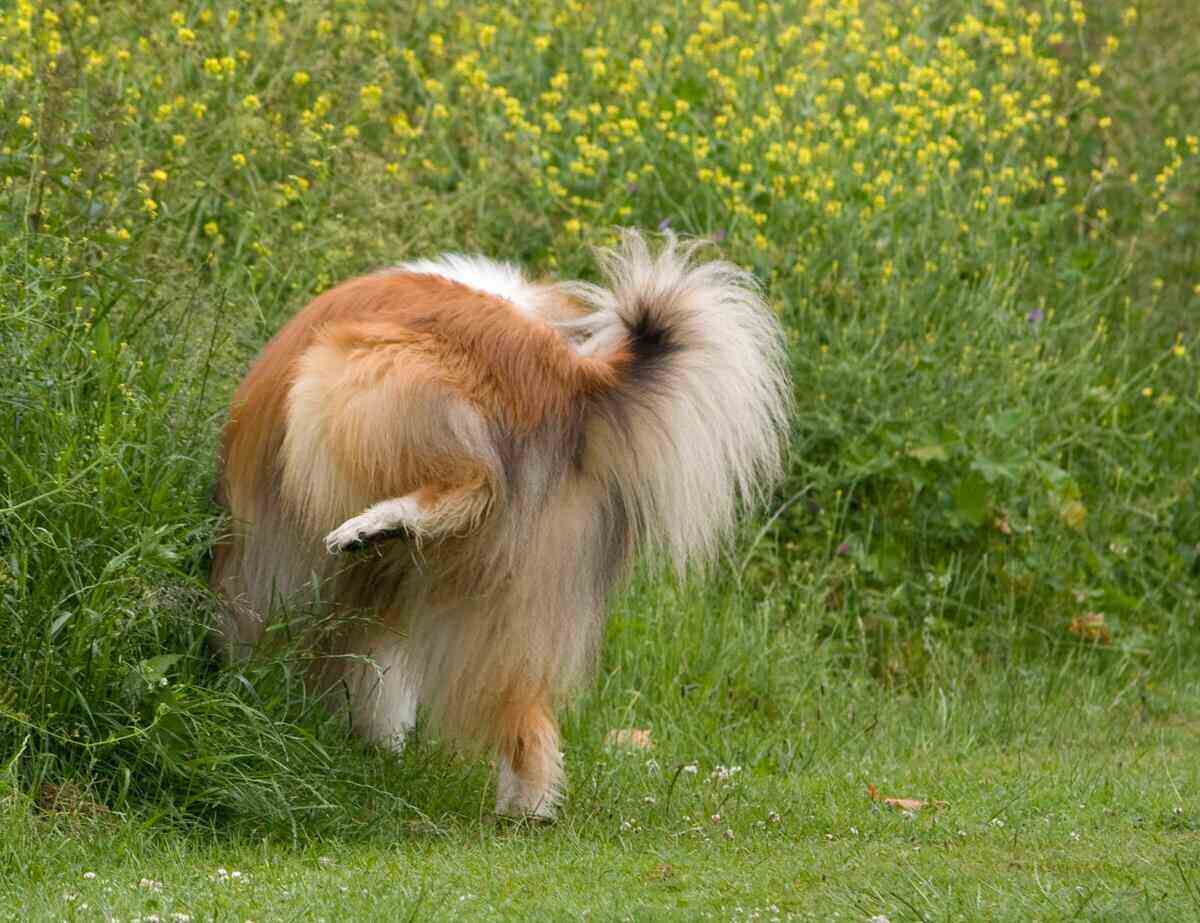
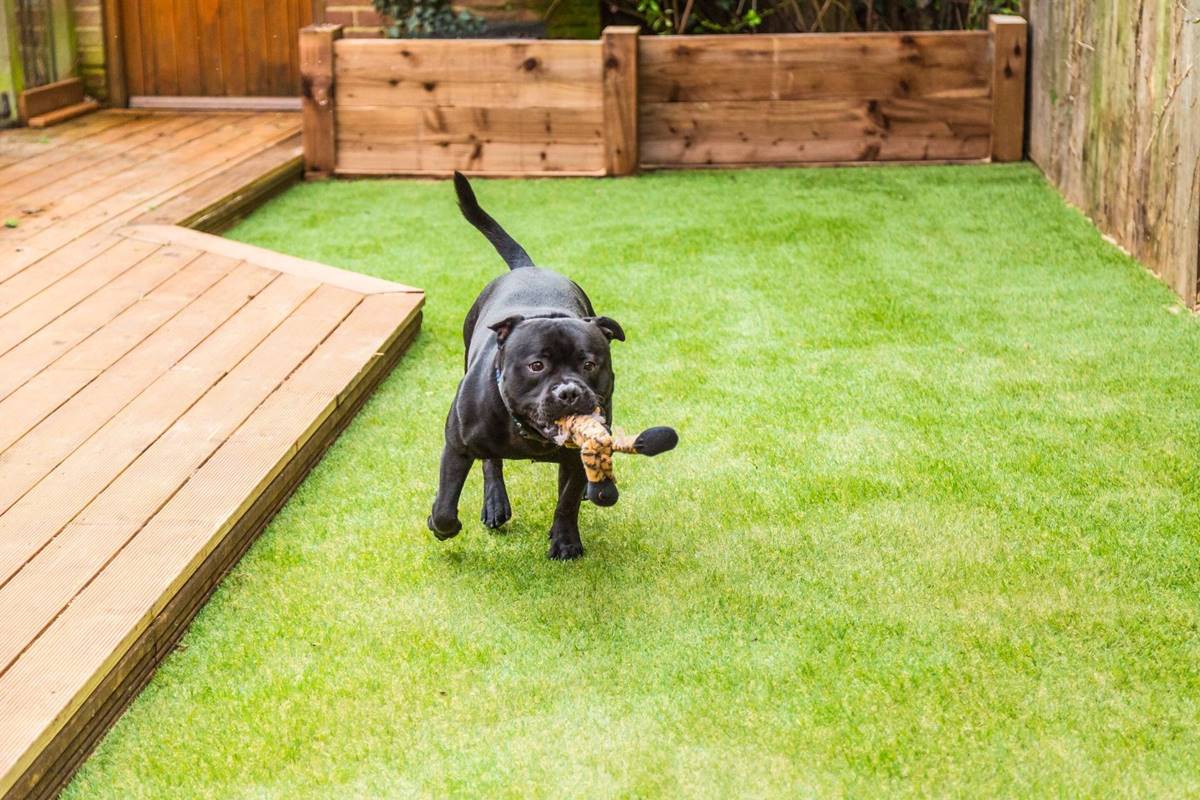
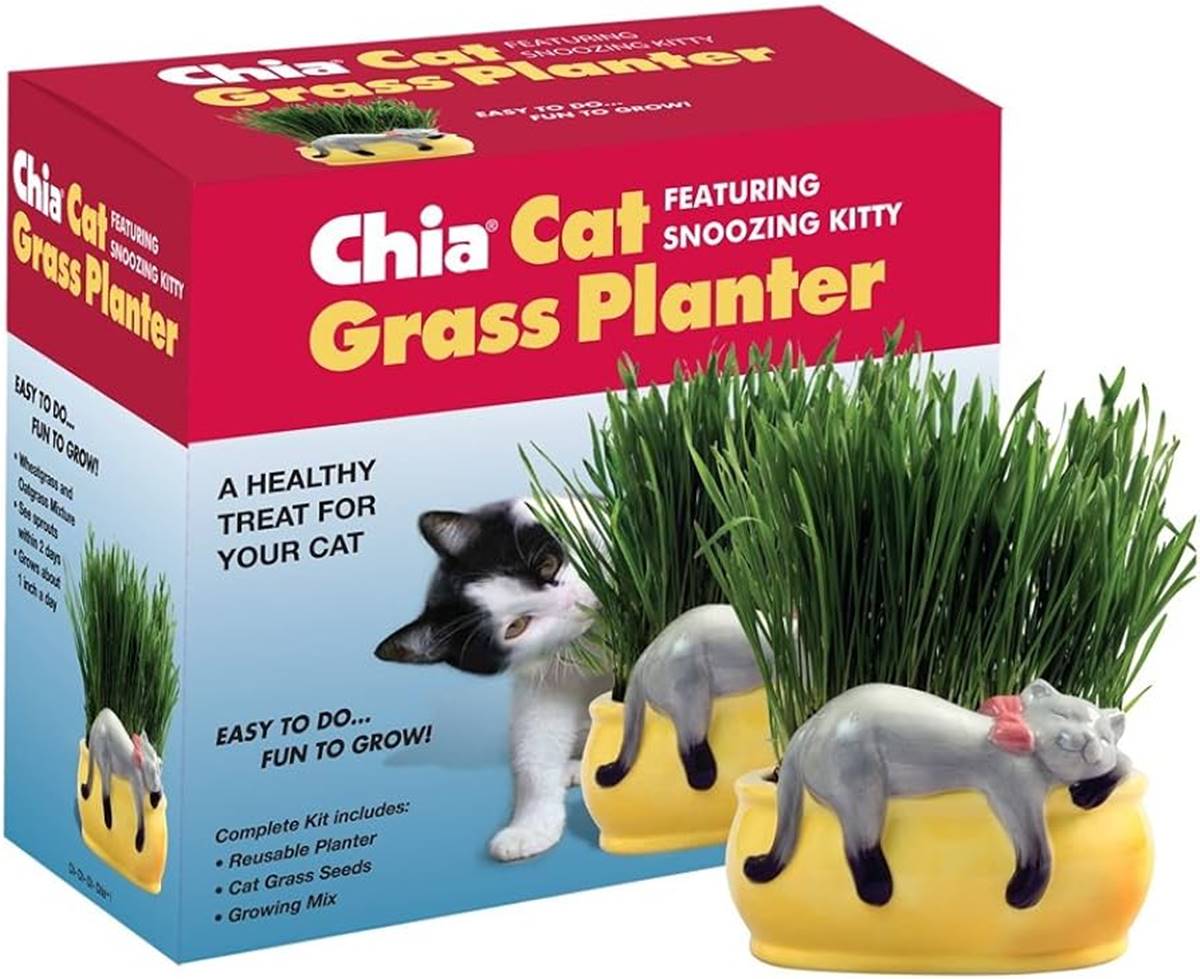
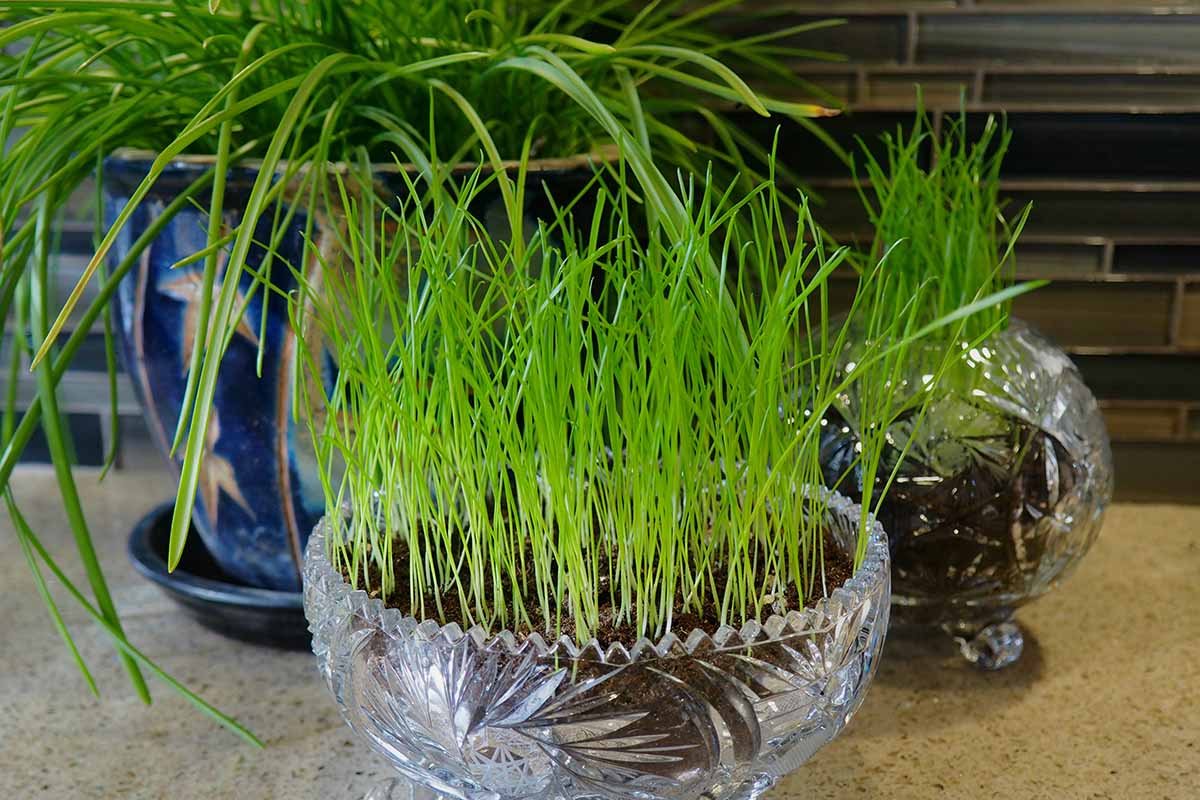
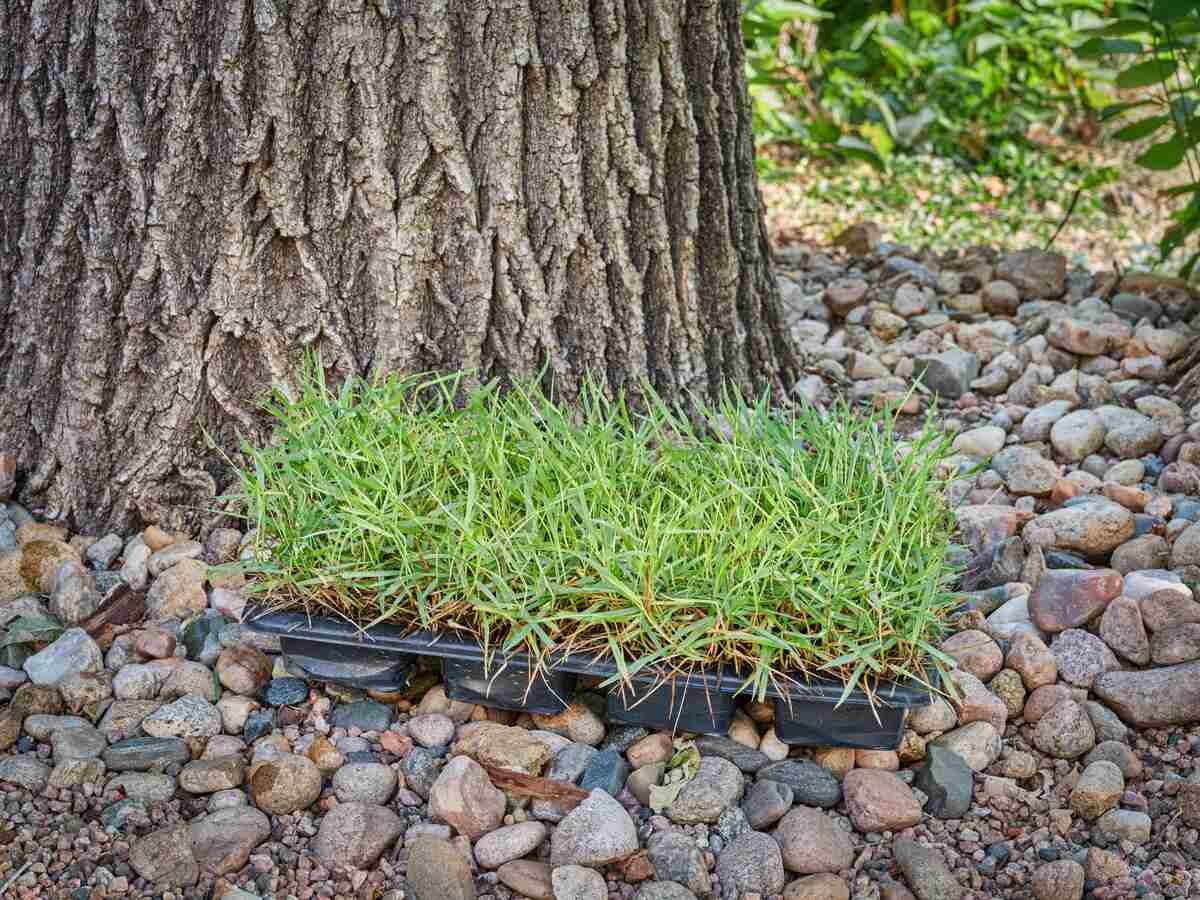

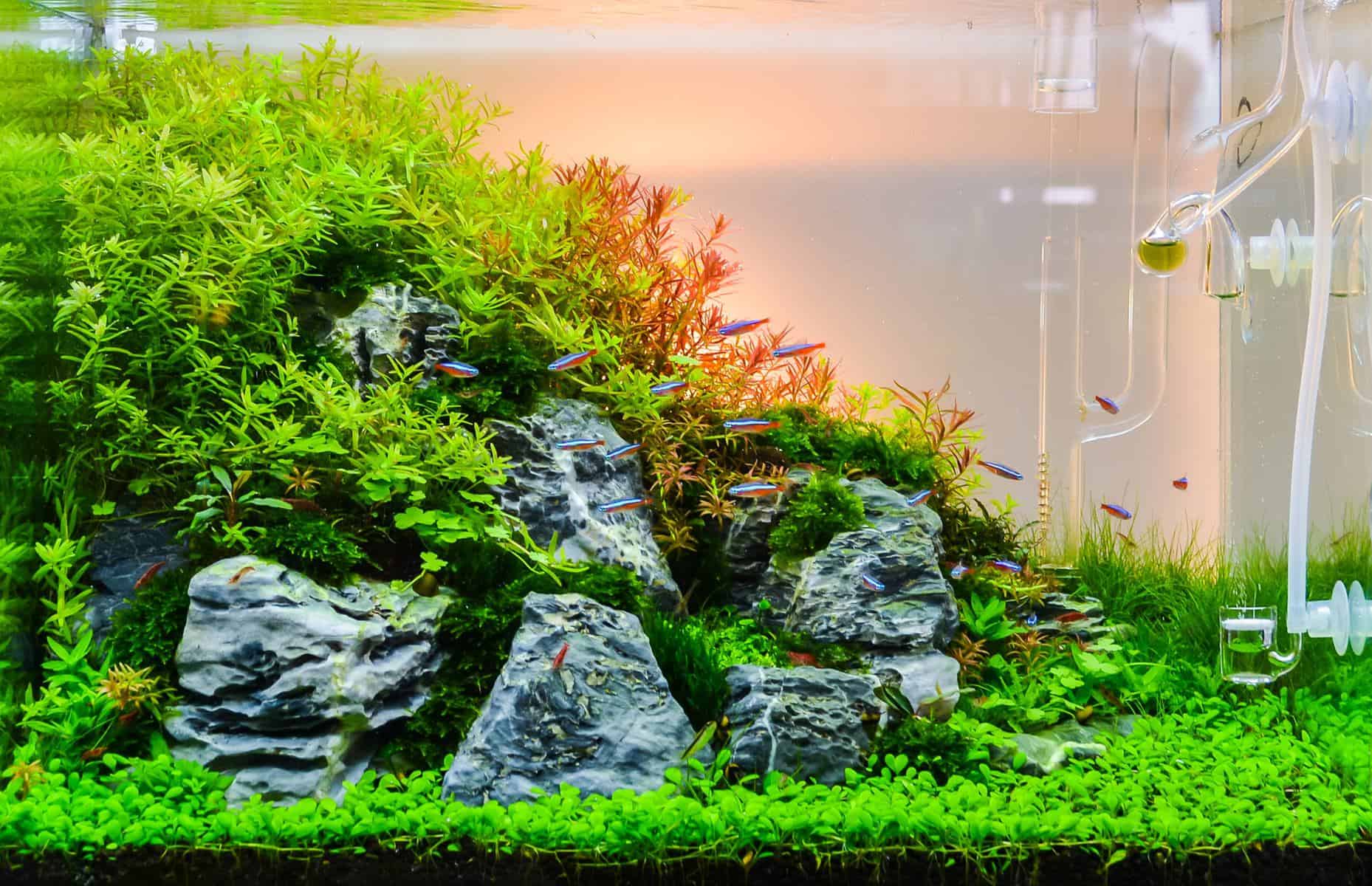

0 thoughts on “How To Grow Pet Grass”